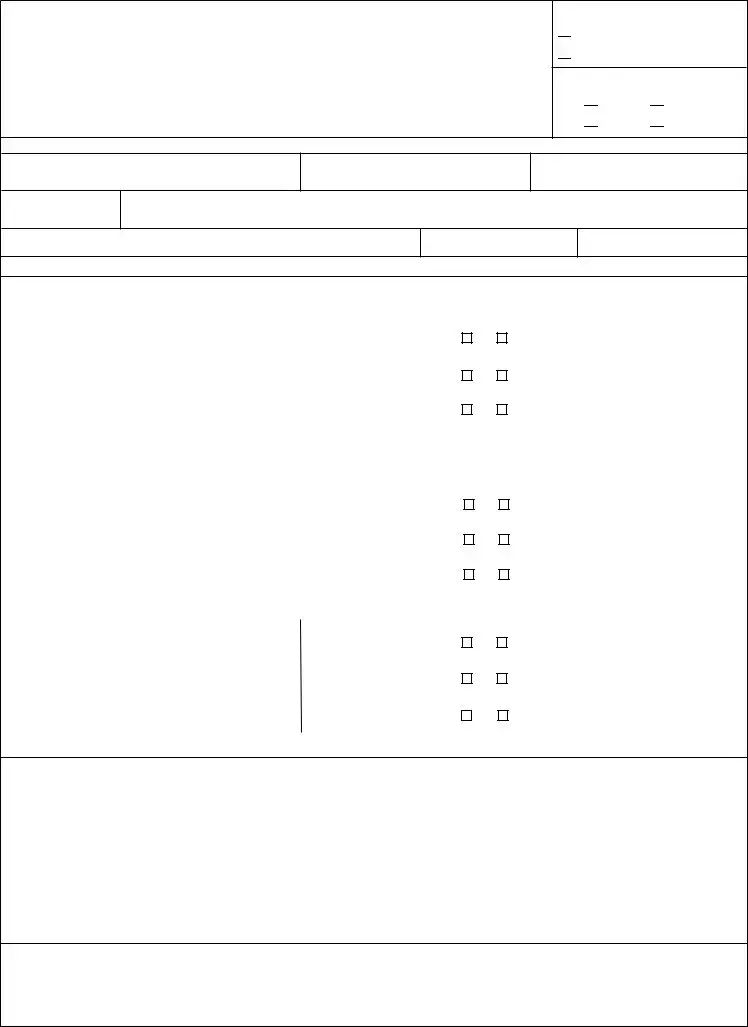What is the purpose of the South Carolina 1102 form?
The South Carolina 1102 form is used for active members of the South Carolina Retirement Systems to designate or change their primary and contingent beneficiaries for refund of contributions, survivor benefits, and Group Life Insurance benefits. It is essential for ensuring that the benefits go to the intended individuals or estate in the event of the member's death.
Who should complete the South Carolina 1102 form?
Active members of the South Carolina Retirement Systems, including SCRS (South Carolina Retirement System), PORS (Police Officers Retirement System), GARS (General Assembly Retirement System), and JSRS (Judicial System Retirement System), should complete the form. Retirees must use Form 7201 instead.
Can I designate anyone as a beneficiary on this form?
Yes, active members can designate individuals, trusts, or their estate as beneficiaries. However, for Group Life Insurance, contingent beneficiaries cannot be designated, and survivor benefits cannot be paid to an estate—only a lump sum refund.
What information is needed to complete the form?
Members must provide personal information, including name, Social Security Number, date of birth, and address. For each beneficiary, the member must include their name, Social Security Number, relationship to the member, sex, and date of birth. All sections of the form must be completed for it to be valid.
How do I change previously designated beneficiaries?
To change beneficiaries, you must complete a new Form 1102, indicating it's a change of beneficiary, and submit it according to the instructions. This new designation will revoke all previous beneficiary designations.
What if I don't want a contingent beneficiary?
If you do not wish to name a contingent beneficiary, you should write "NONE" in the appropriate section on the form. If the contingent beneficiary section is left blank, it defaults to your estate, revoking previous contingent beneficiaries if any.
What happens to the form after it's completed?
Once completed and properly notarized, the form should be sent to the South Carolina Retirement Systems at the address provided. An acknowledgment letter will be sent to the member once the form is received and processed.
Can I appoint more than one primary beneficiary?
Yes, you can designate more than one primary beneficiary for the refund of contributions or survivor benefits. If multiple beneficiaries are named, any survivor benefits payable will be divided equally among them based on the average age of all designated beneficiaries.
Is a witness or notary required when signing the form?
Yes, the form must be signed by the member in the presence of a notary public to be valid. The notary must also sign the form and provide their commission details. If the member signs by mark, a witness's signature is required.
Are there any special considerations for designating an estate as a beneficiary?
Yes, if designating your estate as the beneficiary for refund of contributions or survivor benefits, certain restrictions apply. Survivor benefits will not be paid to an estate, only a lump sum refund. Additionally, you may not designate a person(s) for this portion of your retirement benefits if your estate is named.


 New Enrollee
New Enrollee
 Change of Beneficiary
Change of Beneficiary
 SCRS
SCRS  PORS
PORS
 GARS
GARS  JSRS
JSRS